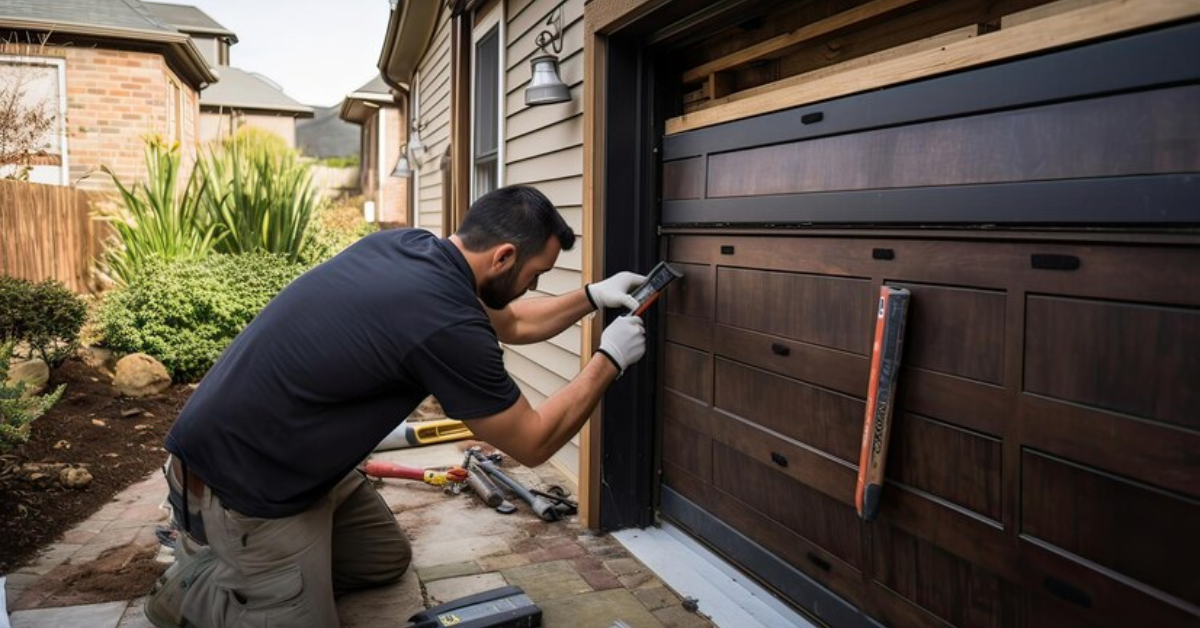How Much Does Garage Door Repair Cost?
When considering garage door repair, one of the most pressing questions homeowners face is the cost associated with these repairs. The price can vary significantly depending on the type of repair needed, the materials involved, and the professional rates in your area. This comprehensive guide will explore all facets of garage door repair costs, providing you with a detailed understanding to help you budget effectively.
Factors Influencing Garage Door Repair Costs
Type of Repair
The specific nature of the repair plays a crucial role in determining the cost. Here are some common types of garage door repairs and their typical price ranges:
- Spring Replacement: One of the most common repairs, replacing a garage door spring can cost between $100 and $300. Springs are under high tension and can break over time, making this an essential maintenance task.
- Cable Repair: Repairing or replacing garage door cables can range from $150 to $200. Cables are vital for the door's operation and can wear out or snap.
- Track Adjustment or Replacement: Tracks guide the door’s movement. Adjustments may cost around $125, while replacing a bent or damaged track can go up to $200.
- Sensor Repair or Replacement: Safety sensors are crucial for preventing accidents. Repairing sensors usually costs between $85 and $100.
- Panel Replacement: Damaged panels can be replaced for $250 to $800 depending on the material and size of the panel.
Materials and Parts
The materials used in your garage door also affect the cost of repairs:
- Steel Doors: Typically more affordable and durable, but can dent easily. Repairs generally cost between $150 and $300.
- Wooden Doors: Prone to rot and warping, repairs can be more expensive, ranging from $250 to $800.
- Aluminum Doors: Light and rust-resistant, repairs usually range from $200 to $600.
- Fiberglass Doors: Durable and low-maintenance, but more expensive to repair, costing between $250 and $800.
Labor Costs
Professional labor rates vary by region and can significantly impact the overall cost of garage door repairs. On average, you can expect to pay between $75 and $150 per hour for labor. Some repairs are straightforward and quick, while others might require more time and expertise, increasing the labor cost.
Additional Costs
Other factors that might influence the cost include:
- Emergency Repairs: Services required outside regular business hours or on holidays can incur additional charges, often between $50 and $100 extra.
- Customization: Custom or high-end garage doors may require specialized parts and expertise, increasing the overall cost.
- Regular Maintenance: Regular maintenance and tune-ups can prevent costly repairs. These services typically cost around $100 to $150.
Common Garage Door Problems and Repair Costs
Broken Springs
Broken springs are a frequent issue, and their replacement is critical for the door's functionality. Torsion springs usually cost more to replace than extension springs.
- Torsion Springs: $200 to $300
- Extension Springs: $100 to $200
Faulty Garage Door Opener
Garage door openers can experience various issues, from motor failure to sensor problems. Repairing a garage door opener generally costs between $150 and $350. If a replacement is necessary, the price can range from $300 to $500.
Misaligned or Damaged Tracks
Tracks can become bent or misaligned over time, leading to improper door operation.
- Track Realignment: $125 to $150
- Track Replacement: $150 to $200
Damaged Panels
Accidents or severe weather can damage garage door panels. Replacement costs vary based on material and size.
- Steel Panels: $150 to $300
- Wooden Panels: $250 to $800
- Aluminum Panels: $200 to $600
- Fiberglass Panels: $250 to $800
Broken Cables
Cables can fray and snap due to wear and tear. Replacing garage door cables typically costs between $150 and $200.
Sensor Issues
Garage doors are equipped with safety sensors to prevent accidents. Sensor repairs usually cost between $85 and $100.
DIY vs. Professional Garage Door Repair
Many homeowners are tempted to handle garage door repairs themselves to save money. However, garage door repairs can be dangerous due to the heavy components and high tension in springs. DIY repairs offer cost savings since you can avoid labor charges and complete immediate repairs without waiting for a professional. Nevertheless, they pose significant safety risks because garage door components can be hazardous if mishandled, and a lack of expertise may result in incorrect repairs, leading to further damage or safety issues.
On the other hand, professional repairs come with the expertise and experience necessary to perform repairs safely and correctly, often accompanied by warranties and insurance for peace of mind. The main drawback is that professional services are more expensive due to labor charges.
Tips to Reduce Garage Door Repair Costs
To minimize repair costs, consider the following tips:
- Regularly lubricate moving parts, inspect for wear and tear, and address issues early.
- Invest in high-quality parts to reduce the frequency of repairs.
- Schedule annual inspections with a professional to catch potential problems before they escalate.
- Handle basic maintenance tasks yourself, like tightening bolts and lubricating parts.
Conclusion
The cost of garage door repairs can vary widely based on the type of repair, materials, labor, and additional factors. By understanding these variables, homeowners can better prepare for potential expenses and make informed decisions. Regular maintenance and professional inspections can help reduce unexpected repair costs and ensure your garage door operates smoothly for years to come.




